we are vivonio
Your homebase for
living and office
Together, let’s take meaningful steps towards preserving our
planet for generations to come.
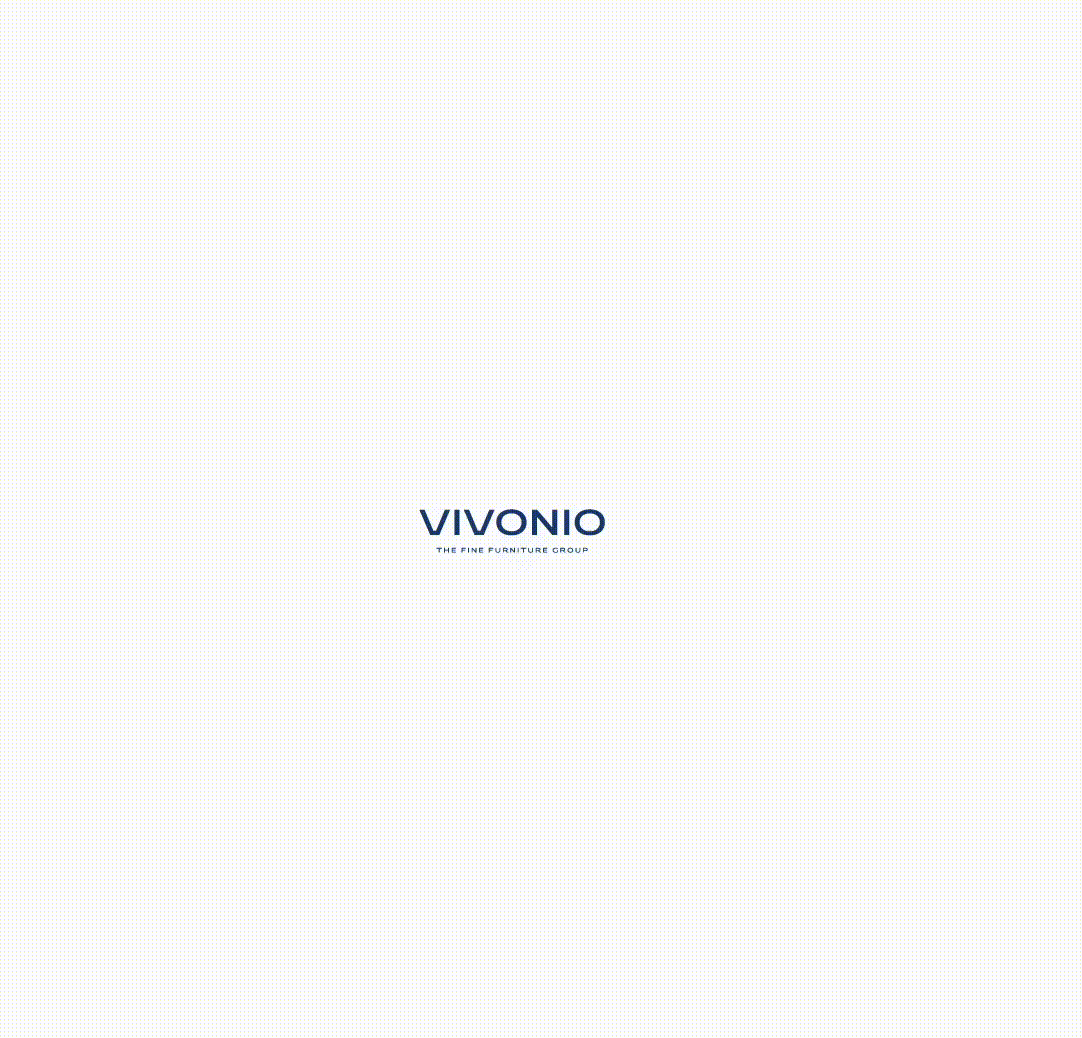
BRAND PORTAFOLIO
Our Proud Brands

fm Büromöbel
state-of-the-art industrial production with skilled manufacturing.

- Austria
- Germany

Lewico
The company is a premium supplier of functional office furniture with high design standards.
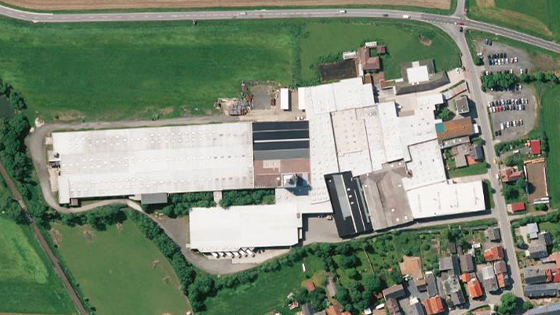
- Germany
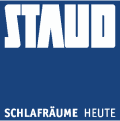
Staud
With its history dating back to 1653, STAUD is the longest established company within the Group.
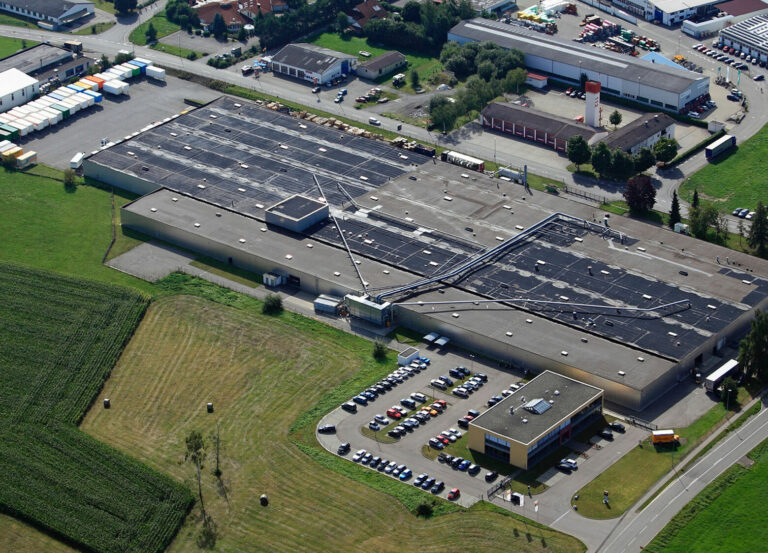
- Germany

KA Interiør
KA Interiør is currently the largest Nordic private label producer of sliding door cabinets. The Danish company offers a wide range of surfaces, accessories and interior design options.
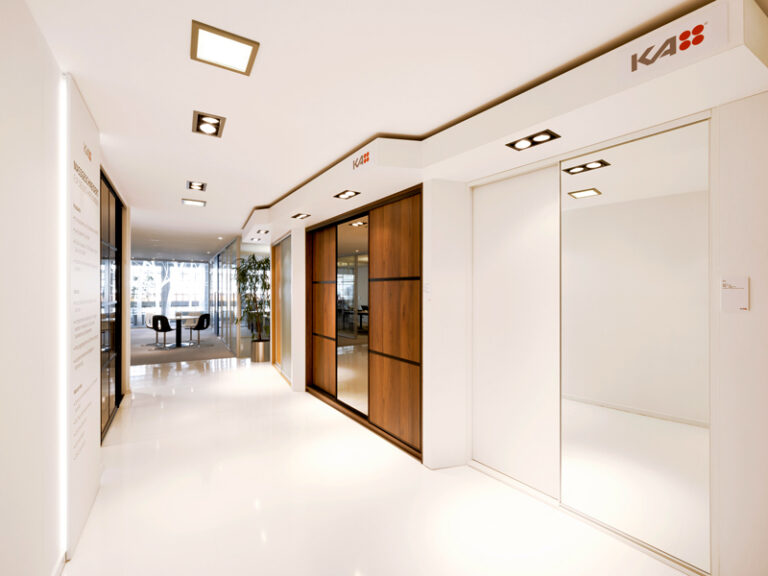
- Denmark

Noteborn
Noteborn is a leading manufacturer of wardrobe units and complementary products.
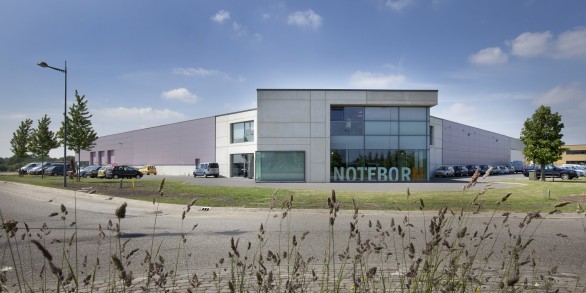
- Denmark

moltema
Lorem ipsum dolor sit amet, consectetur adipiscing elit. Suspendisse varius enim in eros elementum tristique.moltema

- Denmark
strategy
Charting a Course for Success,
Our Strategic Approach
Vertrauen
01.
Vertrauen
Lorem ipsum dolor sit amet, consectetur adipiscing elit. Ut elit tellus, luctus nec ullamcorper mattis, pulvinar dapibus leo.
Kooperation
02.
Kooperation
Lorem ipsum dolor sit amet, consectetur adipiscing elit. Ut elit tellus, luctus nec ullamcorper mattis, pulvinar dapibus leo.
Wachstum
03.
Wachstum
Lorem ipsum dolor sit amet, consectetur adipiscing elit. Ut elit tellus, luctus nec ullamcorper mattis, pulvinar dapibus leo.
Nachhalttigkeit
04.
Nachhalttigkeit
Lorem ipsum dolor sit amet, consectetur adipiscing elit. Ut elit tellus, luctus nec ullamcorper mattis, pulvinar dapibus leo.
Vertrauen
Zusammenhalt
Der Zusammenhalt in unserem Team stärkt uns und ermöglicht es, innovative Lösungen zu entwickeln. Durch offene Kommunikation und partnerschaftliche Kooperation erreichen wir unsere gemeinsamen Ziele und schaffen nachhaltigen Erfolg.
Venus
Venus
Venus is the second closest planet to the Sun, at a distance of 108.2 million km/ 67.24 mi or 0.7 AU receiving the sun’s light in 6 minutes. Venus has a radius of 6.051 km or 3.760 miles and a diameter of 12.104 km or 7.521 mi, slightly smaller than Earth. It has a mass of 4.87 × 1024 kg, or 85% that of Earth.
Venus lies within Earth’s orbit, and so never appears to venture far from the Sun, either setting in the west just after dusk or rising in the east a bit before dawn. Venus orbits the Sun every 224.7 Earth days.[18] With a rotation period of 243 Earth days, it takes longer to rotate about its axis than any planet in the Solar System and does so in the opposite direction to all but Uranus (meaning the Sun rises in the west and sets in the east).[19] Venus does not have any moons, a distinction it shares only with Mercury among planets in the Solar System.[20]
Venus is a terrestrial planet and is sometimes called Earth’s “sister planet” because of their similar size, mass, proximity to the Sun, and bulk composition. It is radically different from Earth in other respects. It has the densest atmosphere of the four terrestrial planets, consisting of more than 96% carbon dioxide.
The atmospheric pressure at the planet’s surface is 92 times that of Earth, or roughly the pressure found 900 m (3,000 ft) underwater on Earth. Venus is by far the hottest planet in the Solar System, with a mean surface temperature of 735 K (462 °C; 863 °F), even though Mercury is closer to the Sun.
Venus is shrouded by an opaque layer of highly reflective clouds of sulfuric acid, preventing its surface from being seen from space in visible light. It may have had water oceans in the past,[21][22] but these would have vaporized as the temperature rose due to a runaway greenhouse effect.[23] The water has probably photodissociated, and the free hydrogen has been swept into interplanetary space by the solar wind because of the lack of a planetary magnetic field.[24] Venus’s surface is a dry desertscape interspersed with slab-like rocks and is periodically resurfaced by volcanism.
Saturn
Saturn
Saturn is the sixth planet from the Sun and the second-largest in the Solar System, after Jupiter. It is a gas giant with an average radius of about nine times that of Earth.[18][19] It only has one-eighth the average density of Earth; however, with its larger volume, Saturn is over 95 times more massive.[20][21][22] Saturn is named after the Roman god of wealth and agriculture; its astronomical symbol (♄) represents the god’s sickle.
Saturn’s interior is most likely composed of a core of iron–nickel and rock (silicon and oxygen compounds). Its core is surrounded by a deep layer of metallic hydrogen, an intermediate layer of liquid hydrogen and liquid helium, and finally a gaseous outer layer. Saturn has a pale yellow hue due to ammonia crystals in its upper atmosphere. An electrical current within the metallic hydrogen layer is thought to give rise to Saturn’s planetary magnetic field, which is weaker than the Earth’s, but has a magnetic moment 580 times that of Earth due to Saturn’s larger size. Saturn’s magnetic field strength is around one-twentieth of Jupiter’s.[23] The outer atmosphere is generally bland and lacking in contrast, although long-lived features can appear. Wind speeds on Saturn can reach 1,800 km/h (1,100 mph; 500 m/s), higher than on Jupiter, but not as high as those on Neptune.[24] In January 2019, astronomers reported that a day on the planet Saturn has been determined to be 10h 33m 38s + 1m 52s − 1m 19s , based on studies of the planet’s C Ring.[12][13]
The planet’s most famous feature is its prominent ring system, which is composed mostly of ice particles, with a smaller amount of rocky debris and dust. At least 82 moons[25] are known to orbit Saturn, of which 53 are officially named; this does not include the hundreds of moonlets in its rings. Titan, Saturn’s largest moon, and the second-largest in the Solar System, is larger than the planet Mercury, although less massive, and is the only moon in the Solar System to have a substantial atmosphere.[26]
sustainability
Embark on a Journey Towards
a Sustainable Future
Together, let’s take meaningful steps towards preserving our
planet for generations to come.